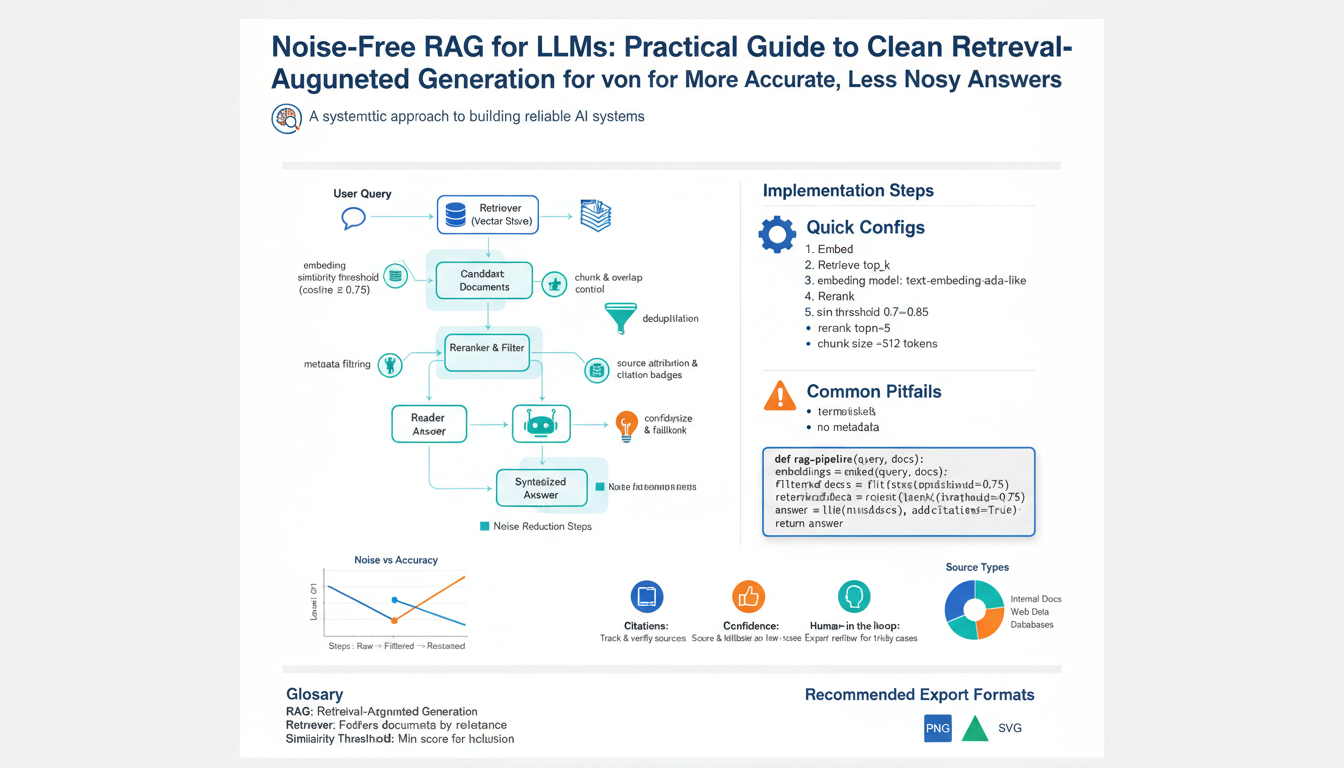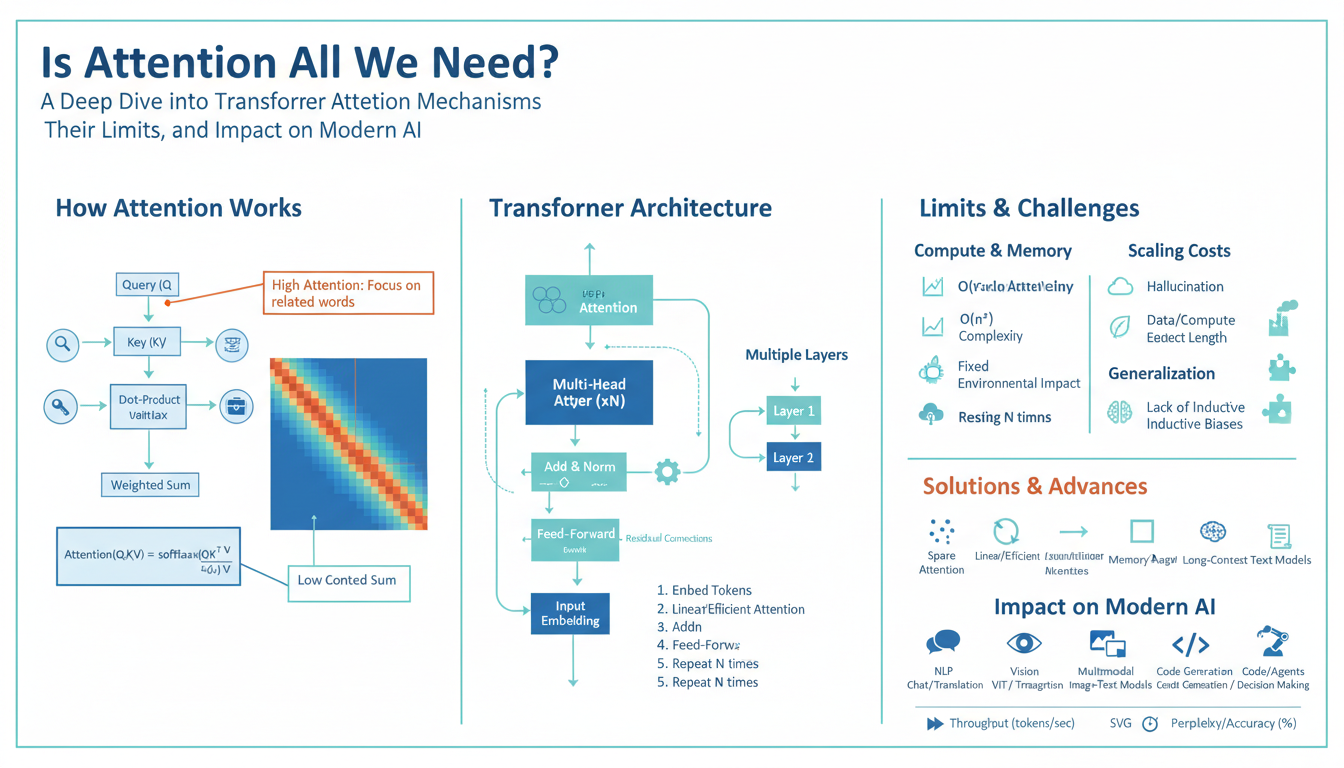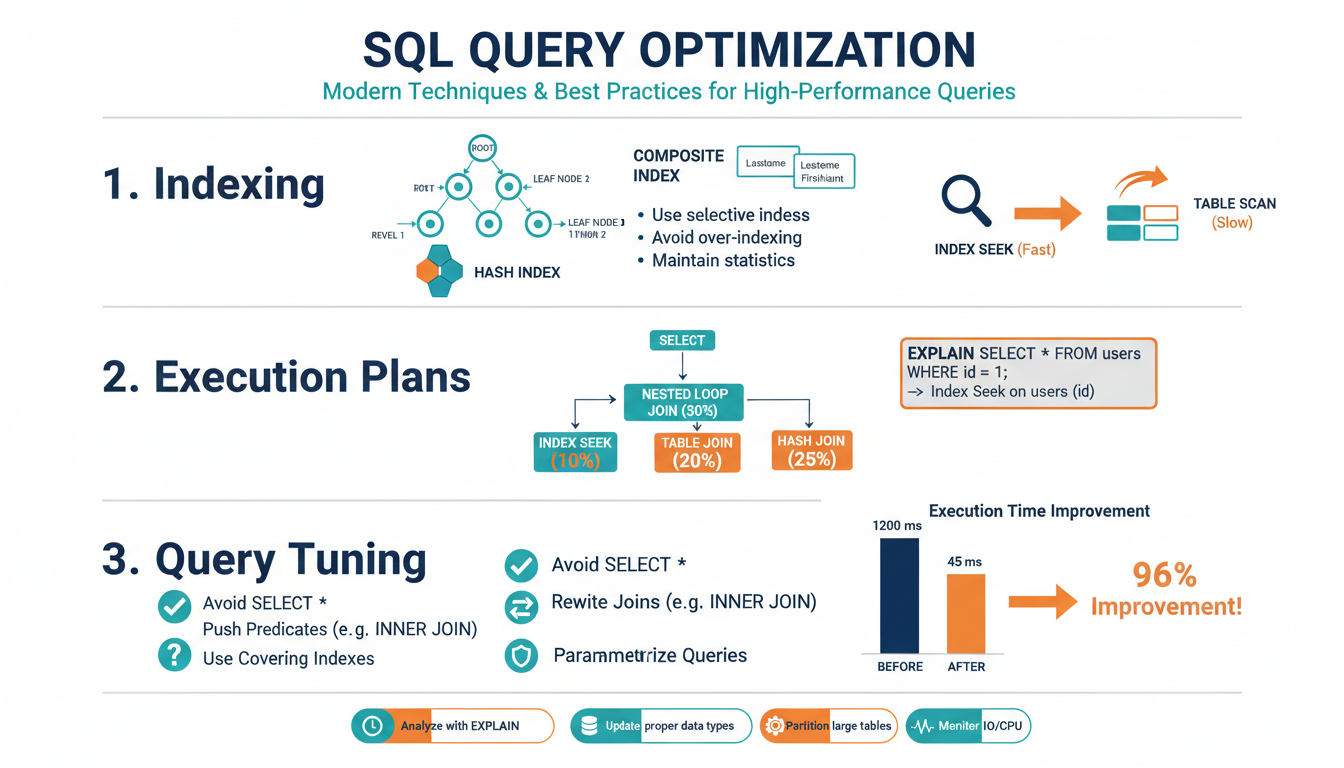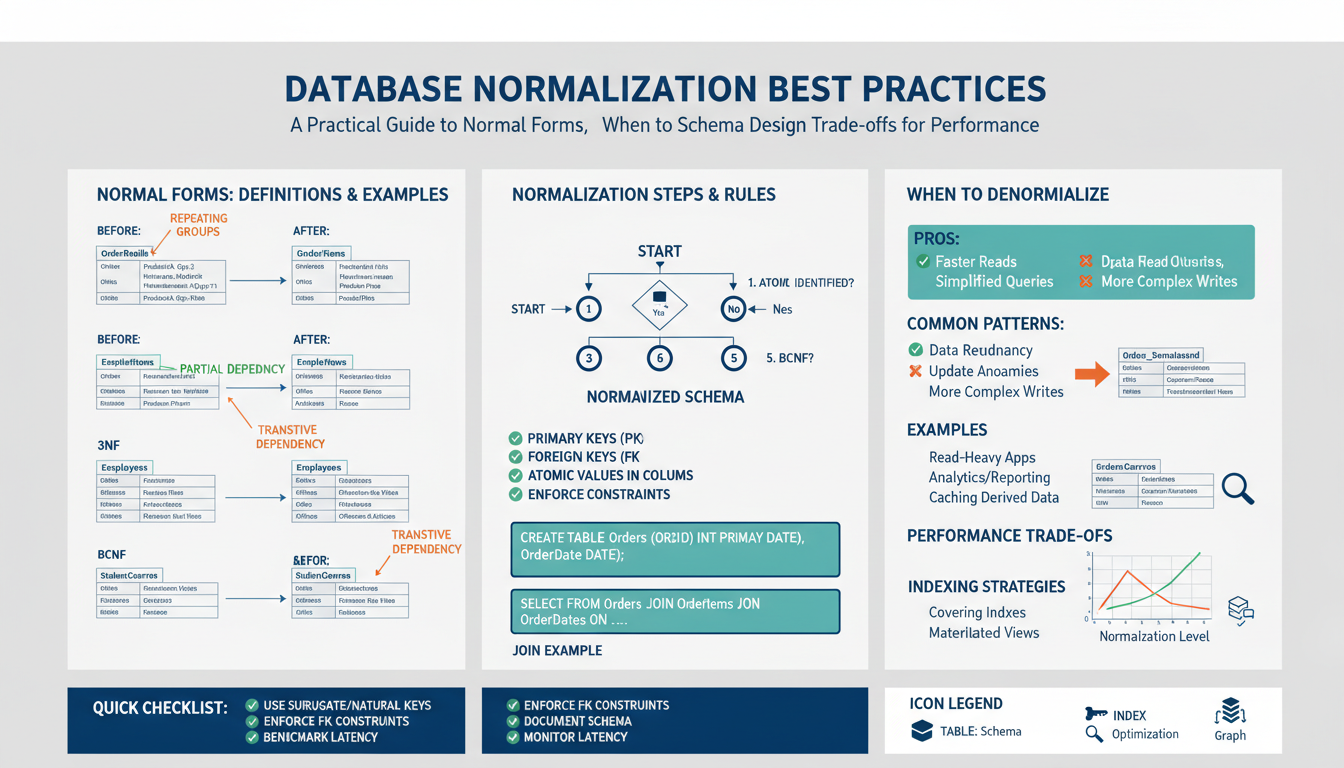Understanding the Importance of Data Cleaning in Machine Learning
Data lies at the heart of every machine learning project, but rarely does it come in a perfectly tidy format. Raw data is often riddled with inconsistencies, missing values, outliers, and duplicate entries. Ignoring these issues can result in inaccurate models that frustrate users and misguide decision makers. Data cleaning is a crucial phase that involves preparing and correcting datasets to ensure they are suitable for analysis and modeling.
High-quality data cleaning directly correlates with a model’s performance. Even the most advanced algorithms cannot compensate for the bias and noise introduced by sloppy datasets. Several published studies, such as those featured by Harvard Data Science Review, highlight that data scientists spend as much as 80% of their project time focused on data preparation rather than actual modeling or analysis tasks.
Neglecting data cleaning may introduce risks such as:
- Biased predictions: Models trained on unclean data may learn and amplify noise or errors, creating misleading outcomes.
- Poor generalizability: Incomplete or inaccurate training data fails to represent real-world patterns, reducing the ability of models to adapt to unseen cases.
- Violation of assumptions: Many machine learning algorithms rely on assumptions about continuity, normality, or independence. Dirty data disrupts these preconditions, rendering statistical analysis weaker or invalid. For more details, see the overview by Towards Data Science.
Effective data cleaning goes beyond just fixing errors. It also involves developing a deep understanding of your dataset – scrutinizing distributions, spotting anomalies, and validating labels. For example, if you’re dealing with customer data, you would look for duplicate records—such as the same customer entered twice with slight spelling differences—and decide which entries to keep. Tools like scikit-learn in Python and RStudio in R offer accessible methods for handling common data cleaning tasks, including imputing missing values and detecting outliers.
Another critical aspect is identifying and correcting inconsistencies in categorically labeled data. For example, survey responses might record gender as “M,” “Male,” “male,” or even “1.” Standardizing these entries is vital for meaningful analysis. Furthermore, outliers—such as an extreme income value or improbable data entry—should be investigated to determine if they’re errors or legitimate rare cases. The appropriate way to handle outliers depends on your analysis goals, which you can learn more about at Machine Learning Mastery.
In summary, data cleaning is a foundational step that can dramatically impact the accuracy and reliability of your machine learning solutions. Investing time in thorough, methodical cleaning ensures that your models are built on trustworthy data, increasing their value and credibility in practical applications. For a comprehensive understanding of the impact clean data has on modeling, explore the insights from KDnuggets.
Identifying Common Data Quality Issues
Before diving into sophisticated machine learning models, it’s crucial to address the underlying quality of your dataset. Data quality can significantly impact the performance and reliability of your models. Here are some of the most common data quality issues to watch for, along with practical examples and actionable steps for detection:
- Missing Values: Missing data is one of the most frequent issues encountered. It can occur due to errors during data collection, sensor failures, or survey non-responses, and can manifest as empty fields,
NaNvalues, or other placeholders. Identifying missing values typically involves using descriptive statistics or visualization. For example, in Python, you can usedata.isnull().sum()to count missing values per column. Explore more about handling missing data from this article on Nature. - Duplicate Entries: Duplicate records can mislead your analysis and inflate your dataset, leading to biased models. Duplicates often sneak in through data integration or repeated data entry. You can spot duplicates using filtering or specialized functions such as
drop_duplicates()in pandas if you’re using Python. It’s best practice to routinely check for and remove duplicates before modeling. - Inconsistent Data Formats: When data comes from multiple sources, inconsistencies in formatting can arise, such as varying date formats (e.g., “MM/DD/YYYY” vs. “YYYY-MM-DD”), textual inconsistencies (“male” vs. “M”), or different units (“meters” vs. “feet”). Standardizing the format is essential before further analysis. More on standardization is discussed by KDnuggets.
- Outliers and Anomalies: Outliers can signal actual rare events, data entry errors, or measurement issues. They often distort statistical analysis and model training. Detecting outliers can be achieved through visualization (boxplots, scatter plots) or statistical tests. Consider using the IQR method, Z-score analysis, or domain knowledge to determine whether to remove or retain them. ScienceDirect offers an in-depth exploration of methods for outlier detection.
- Irrelevant or Redundant Features: Some features may not contribute meaningful information or could introduce noise into your model. Feature selection methods help identify such columns, which could include unique identifiers, constant columns, or highly correlated variables. Regular relevance assessment ensures that every feature enhances model performance. For practical implementation, see Machine Learning Mastery’s guide to feature selection.
- Incorrect or Inaccurate Data: Human errors, faulty sensors, or data scraping mistakes can lead to incorrect information (e.g., age of 240, negative revenues). Validation and cross-checking against reliable sources are essential for accuracy. Automated checks and domain expert reviews are practical steps to address these problems.
By systematically identifying these issues, you lay the foundation for cleaner, more reliable data. This is a critical step before moving on to data preprocessing and advanced machine learning workflows. Addressing quality issues early not only prevents downstream problems but also maximizes your data’s predictive power. For a deeper dive, the IBM Data Cleaning resource is an excellent comprehensive guide.
Handling Missing Values: Strategies and Best Practices
Handling missing values is one of the most critical steps in preparing data for machine learning. If left unaddressed, missing data can skew results, introduce bias, and reduce the predictive power of your models. Here’s how professionals approach this issue, including proven strategies, practical steps, and best practices backed by experts.
Understand the Types and Causes of Missing Data
Before dealing with missing values, it’s essential to understand why data is missing. Missing values can be classified as:
- Missing Completely at Random (MCAR): The missingness is independent of any data values.
- Missing at Random (MAR): The missingness is related to observed data but not the missing data itself.
- Not Missing at Random (NMAR): The missingness is related to the missing value.
Knowing the type helps in selecting the most suitable strategy. For a more thorough explanation, refer to this guide from Stanford University.
Detect and Quantify Missing Data
The first step is detection. You can use dataframes’ built-in functions, such as isnull() in pandas, to identify missing values. Quantifying the extent—row-wise, column-wise, and feature-wise—helps to assess if entire records or features should be dropped or imputed. Visualization tools, like Seaborn or Matplotlib, can highlight patterns of missingness.
Strategies for Handling Missing Values
There are several well-established strategies:
1. Deletion
- Listwise Deletion: Remove any observation (row) with missing data. Useful when the percentage of affected rows is low and the data is MCAR. However, it risks losing valuable information. Verified and more detail can be found at National Institutes of Health.
- Pairwise Deletion: Use available data for each analysis, ignoring any missing values. This keeps more data but complicates results interpretation.
2. Imputation
- Mean/Median/Mode Imputation: Replace missing values with the mean, median, or mode of the feature. This is straightforward for numerical data, but it can underestimate variability. Categoricals often use mode. More information is available via scikit-learn documentation.
- Imputation Using Predictive Models: Use algorithms like k-nearest neighbors (KNN) or regression models to predict missing values based on observed variables. This results in more accurate imputation, especially for complex datasets. Check out this tutorial from Machine Learning Mastery.
- Advanced Statistical Methods: Multiple imputation and Expectation-Maximization (EM) algorithm can provide more robust and statistically sound imputations, especially for MAR and NMAR. For a scholarly deep dive, explore this resource at The BMJ.
Best Practices for Working with Missing Data
- Always Document the Method: Keep clear records of how missing values are handled for transparency and reproducibility.
- Test Multiple Methods: Try different imputation strategies and compare performance using cross-validation. Evaluation metrics may vary depending on the chosen method, so monitor changes in variance, distribution, and model performance.
- Avoid Data Leakage: Fit imputation methods on training data only, never on the test set.
- Handle Categorical and Numerical Features Differently: They may require separate imputation strategies due to their different statistical properties.
- Consider Domain Knowledge: Leverage context and expert guidance to choose the most meaningful strategy.
Example Workflow: Imputing Missing Values with pandas and scikit-learn
- Load your data and inspect missing values:
import pandas as pd df = pd.read_csv('data.csv') print(df.isnull().sum()) - Decide which strategy to use; here, mean imputation for a numerical column:
from sklearn.impute import SimpleImputer imputer = SimpleImputer(strategy='mean') df['feature'] = imputer.fit_transform(df[['feature']]) - Validate your imputation by checking for unintended data distortions or bias.
Effectively handling missing values strengthens your dataset and your machine learning models. For further reading, refer to the comprehensive overview on the topic from Towards Data Science.
Dealing with Outliers and Noisy Data
Outliers and noisy data can significantly impact the performance of machine learning models. Effectively dealing with these issues is crucial for ensuring accuracy and robustness in your predictions. Here’s how you can systematically address outliers and noisy data during the data cleaning process:
Understanding Outliers and Noisy Data
Outliers are data points that deviate significantly from other observations; they may be the result of variability in measurement, errors, or novel events. Noisy data, on the other hand, refers to random error or variance that muddles the true underlying patterns. Both can skew your models and lead to poor predictions if not addressed properly. For a deeper dive, see the definition of outliers at Statistics How To.
Identifying Outliers
- Visual Methods: Start by plotting your data with visualizations such as box plots, scatter plots, or histograms. These can help you quickly spot values that fall far outside the expected range.
- Statistical Methods: Use statistics like Z-score (values greater than 3 or less than -3 are often considered outliers) or the Interquartile Range (IQR) method. The IQR method identifies outliers as points outside the range
[Q1 - 1.5 × IQR, Q3 + 1.5 × IQR]. For more, visit the Wikipedia article on Outliers.
Treating Outliers
- Remove Outliers: If outliers are clearly errors or irrelevant to your analysis, you can remove them. However, be cautious—eliminating legitimate but rare occurrences can strip away valuable information.
- Transformation: Apply transformations like logarithms, square roots, or Box-Cox to reduce the impact of outliers, particularly in skewed distributions.
- Capping: Use techniques such as winsorization to replace outlier values with the nearest acceptable value (e.g., the 5th or 95th percentile). Learn more about capping in this Towards Data Science guide.
Detecting and Managing Noisy Data
Noisy data often arises from human error, instrument inaccuracy, or random environmental factors. To tackle noisy data:
- Smoothing Techniques: Use moving averages or other smoothing algorithms to diminish noise. For instance, a rolling average helps to iron out short-term fluctuations and highlight longer-term trends.
- Clustering: Grouping similar data points with clustering algorithms (like K-means) can help isolate and possibly filter out outliers that represent noise rather than signal. For more information, refer to the scikit-learn documentation on clustering.
- Noise Filtering in Text and Signal Data: If working with signal or text data, filtering methods such as low-pass filters (for signals) or spellcheck and grammar checks (for texts) can reduce noise significantly.
Best Practices and Cautions
- Always analyze the context before removing or modifying outliers—sometimes outliers reveal important story points or rare phenomena.
- Document every change you make to your data so that your pipeline remains transparent and reproducible. This is especially crucial in regulated industries.
- Perform cross-validation to check how treating outliers and noise impacts model performance. This ensures that your cleaning efforts are beneficial rather than inadvertently harmful. MIT’s OpenCourseWare lecture discusses this in detail.
Managing outliers and noisy data is a nuanced process that can make or break your machine learning results. Spending ample time on this step ensures the reliability and accuracy of your models, paving the way for meaningful insights and more effective predictions.
Techniques for Data Transformation and Standardization
Data transformation and standardization are foundational steps of data cleaning in machine learning, often making the difference between mediocre and high-performing models. These techniques help ensure your dataset is consistent and reliable, paving the way for more accurate analysis and predictions. Let’s delve into these crucial techniques with practical tips and examples.
Data Transformation: Converting Raw Data into Usable Formats
Transformation involves converting data into formats that machine learning algorithms can understand. This step often includes handling categorical variables, normalizing numerical features, addressing skewed distributions, and encoding textual data.
- Encoding Categorical Variables: Algorithms require numerical input, so categorical data is typically encoded using techniques like one-hot encoding or label encoding. For instance, using scikit-learn’s OneHotEncoder, you can easily transform categorical columns into a binary matrix, making them digestible by algorithms without introducing ordinal relationships.
- Normalizing Numerical Features: Features with different scales can disrupt learning processes. Methods such as min-max scaling bring all feature values into the range [0,1], while z-score standardization (subtracting the mean and dividing by the standard deviation) centers data around zero and scales by variance. Google’s machine learning guides recommend normalization especially for algorithms sensitive to feature magnitude, like K-means clustering and neural networks.
- Transforming Skewed Distributions: Many machine learning models assume feature distributions are (at least approximately) Gaussian. When faced with highly skewed features, transformations such as logarithmic, square root, or Box-Cox can help. For example, applying a log transformation to income data often results in a smoother, more normal-like distribution, which in turn stabilizes model performance (Statistics How To: Normal Distributions).
- Handling Text Data: Textual features need to be vectorized before model input. Techniques like TF-IDF or word embeddings (see GloVe from Stanford NLP Group) turn text into numeric arrays, preserving relationships and semantic meaning among words.
Data Standardization: Ensuring Consistency in Values
Standardization ensures that the ranges and types of data are uniform across features, removing potential sources of bias. This is essential, especially when sourcing data from multiple origins or integrating old and new data sources.
- Consistent Data Types: Verify that columns have the right data types (e.g., dates in datetime format, numerical entries as floats or integers). This prevents subtle bugs and errors during model training. In Python, you can use pandas’
astype()function for type enforcement (pandas documentation). - Uniform Units of Measurement: If your data includes measurements (such as length, weight, or currency), standardize all values into the same units. For example, converting all heights to centimeters resolves inconsistencies when the dataset mixes inches and centimeters. The National Institute of Standards and Technology (NIST) offers guidelines on common conversion standards.
- Standardizing Categorical Labels: Usher consistent spelling, capitalization, and formatting for categorical entries. For instance, if the country field contains entries like “usa”, “USA”, and “United States,” use a mapping step to convert all variants to a single standard term. This reduces duplicate categories and streamlines analysis.
These techniques combined empower you to produce a robust, high-quality dataset, setting a solid foundation for every subsequent stage of your machine learning workflow. Reliable sources such as the Towards Data Science data preprocessing guide and IBM’s discussion of data cleaning offer deeper dives and best practices for further exploration.
Automating Data Cleaning with Tools and Libraries
Automating the data cleaning process is essential for optimizing machine learning workflows, saving precious time, and minimizing manual errors. Today, numerous tools and libraries can help data scientists and analysts clean data efficiently, regardless of its volume or complexity.
Python Libraries for Streamlined Data Cleaning
Pandas is perhaps the most popular Python library for this purpose. With pandas, you can handle missing values, filter outliers, and transform data types using concise commands. For instance, the df.dropna() method quickly eliminates rows with missing values, whereas df.fillna() allows you to impute them. For a deeper understanding, refer to the official pandas documentation on handling missing data.
Dask takes pandas-like syntax to the next level by allowing parallel computing over large datasets that don’t fit in memory. Its modular approach makes scaling data cleaning processes straightforward, from a single laptop to a distributed cluster. Learn more at the official Dask website.
No-Code and Low-Code Data Cleaning Platforms
For those seeking more visual interfaces, tools like Trifacta and Talend offer robust drag-and-drop environments. These platforms allow users to identify issues, suggest transformations, and automate repetitive cleaning steps—all without writing a single line of code. Enterprise teams often leverage these platforms to empower analysts who lack a programming background. For an overview of the capabilities, Trifacta offers a great summary on their Wrangler platform page.
Automated Outlier Detection
Detecting outliers can quickly become cumbersome when performed manually. Libraries such as PyOD automate outlier detection by combining various anomaly detection algorithms. You can integrate the library in your workflow with only a few lines of code. For examples and guidance, explore the PyOD documentation.
Cleaning Data in Real-Time
If your project involves streaming data, automated cleaning becomes more complex but no less critical. Apache Spark provides a powerful engine for processing and cleaning data in batches or real-time. Its DataFrame API allows you to filter, group, and transform messy data on the fly. The official Spark SQL guide offers details on how to apply data cleaning transformations at scale.
Automating Repetitive Cleaning Tasks
Writing custom data cleaning scripts can be time-consuming and prone to inconsistencies. That’s where OpenRefine comes in—a free, open-source tool designed for cleaning messy data. It automates clustering similar values, transforming text, and extracting entities from rows. You can learn more about automated data transformations with OpenRefine by visiting the official documentation.
By leveraging these tools and libraries, you can drastically reduce manual interventions, enforce consistency, and accelerate your machine learning pipeline. Automation won’t replace your insights, but it will ensure your data is ready for deeper analysis and modeling, leaving you more time to focus on extracting value rather than scrubbing spreadsheets.



